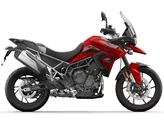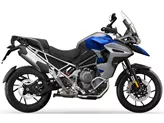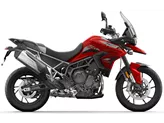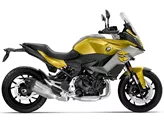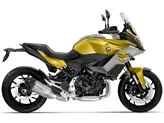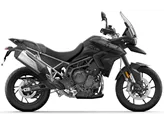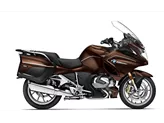Triumph Tiger 900 GT Pro 2020 vs. BMW R 1200 GS 2015
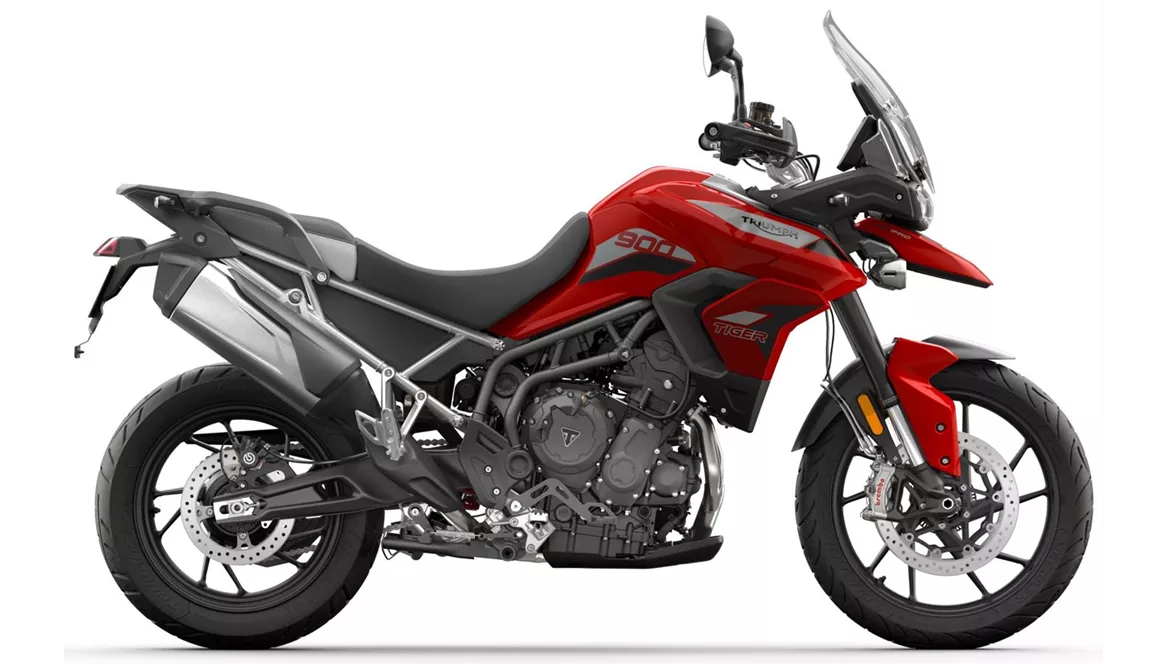
Triumph Tiger 900 GT Pro 2020

BMW R 1200 GS 2015
Overview - Triumph Tiger 900 GT Pro 2020 vs BMW R 1200 GS 2015
The Triumph Tiger 900 GT Pro 2020 and the BMW R 1200 GS 2015 are both enduro motorcycles with their own set of strengths and weaknesses.
Starting with the Triumph Tiger 900 GT Pro 2020, it boasts a three-cylinder engine that is full of character, providing a unique and enjoyable riding experience. Its agile turn-in behavior allows for nimble handling, making it easy to maneuver through tight corners and city streets. The quickshifter comes as standard, allowing for seamless and effortless gear changes. The electronically adjustable suspension strut ensures a comfortable ride, adapting to different road conditions and rider preferences. The Tiger 900 GT Pro also comes with generous standard equipment, including features such as heated grips, cruise control, and a TFT display. The ergonomics are well-designed, providing a comfortable riding position for long-distance journeys. Additionally, the bike offers good wind and weather protection, further enhancing its long-distance capability.
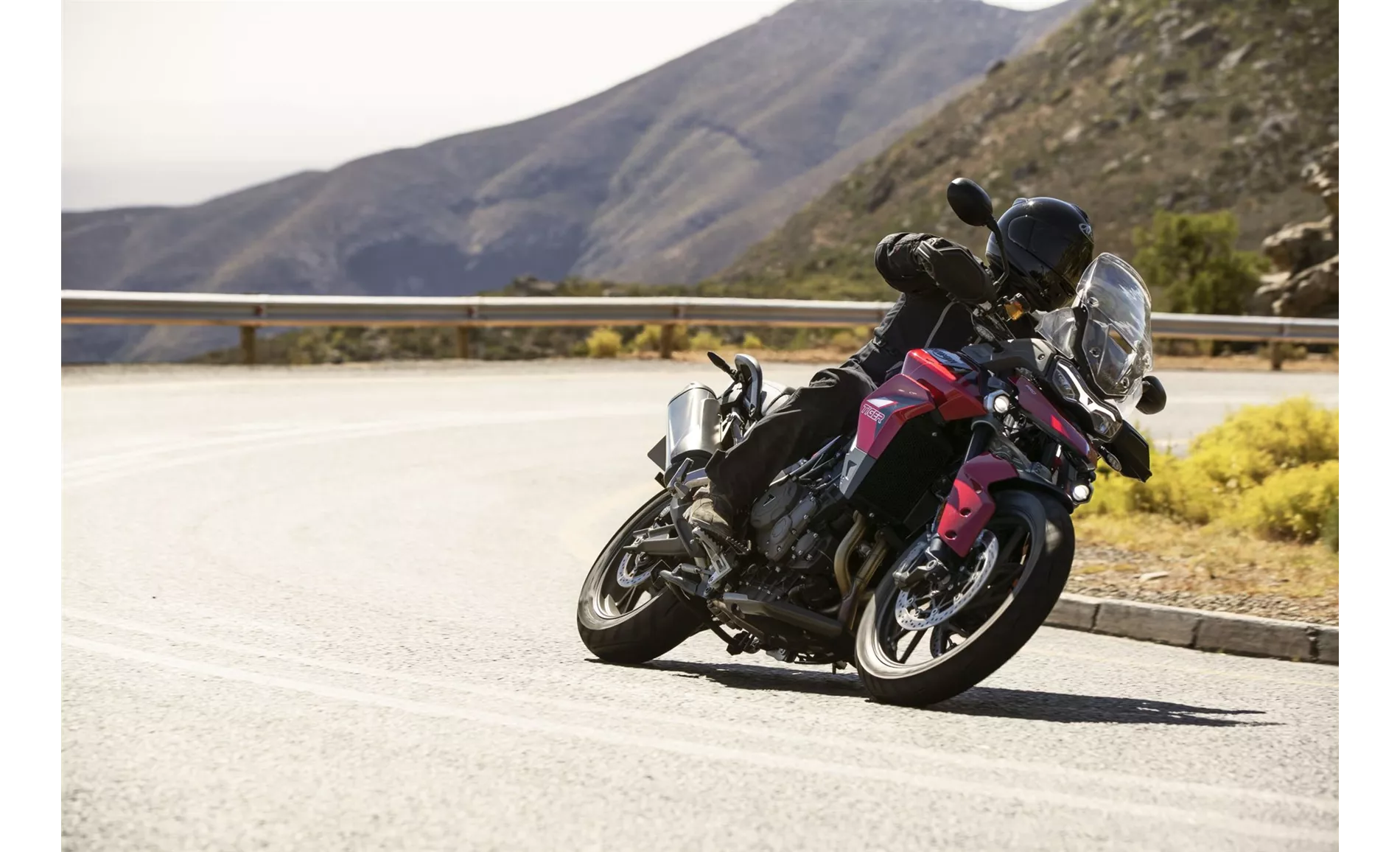
Triumph Tiger 900 GT Pro 2020
On the other hand, the BMW R 1200 GS 2015 is known for its powerful engine, delivering 125 HP of power and 125 Nm of torque. Despite its power, it manages to have low fuel consumption, making it an efficient choice for long rides. The seating position is comfortable, allowing for extended periods of riding without discomfort. The bike is also designed to be used off-road, making it versatile for various terrains. The BMW R 1200 GS 2015 has a high reputation in the motorcycle community, known for its reliability and durability.

BMW R 1200 GS 2015
In terms of weaknesses, the Triumph Tiger 900 GT Pro 2020 has a flood of switches on the left handlebar, which can be overwhelming and confusing for some riders. On the other hand, the BMW R 1200 GS 2015 has a long and expensive surcharge side, which may deter some potential buyers. The Telelever front suspension on the BMW takes some getting used to, as it has a unique design that differs from traditional front suspensions. Additionally, the brakes on the BMW R 1200 GS 2015 are known to be very sharp, requiring careful modulation to avoid abrupt stops.
In conclusion, the Triumph Tiger 900 GT Pro 2020 and the BMW R 1200 GS 2015 are both capable enduro motorcycles with their own set of strengths and weaknesses. The Tiger 900 GT Pro offers a unique three-cylinder engine, agile handling, and a range of standard features, while the BMW R 1200 GS provides a powerful engine, off-road capabilities, and a reputation for reliability. Ultimately, the choice between the two will depend on individual preferences and priorities.
Technical Specifications Triumph Tiger 900 GT Pro 2020 compared to BMW R 1200 GS 2015
Pros and Cons in comparison
Pros and Cons in comparison
Triumph Tiger 900 GT Pro 2020
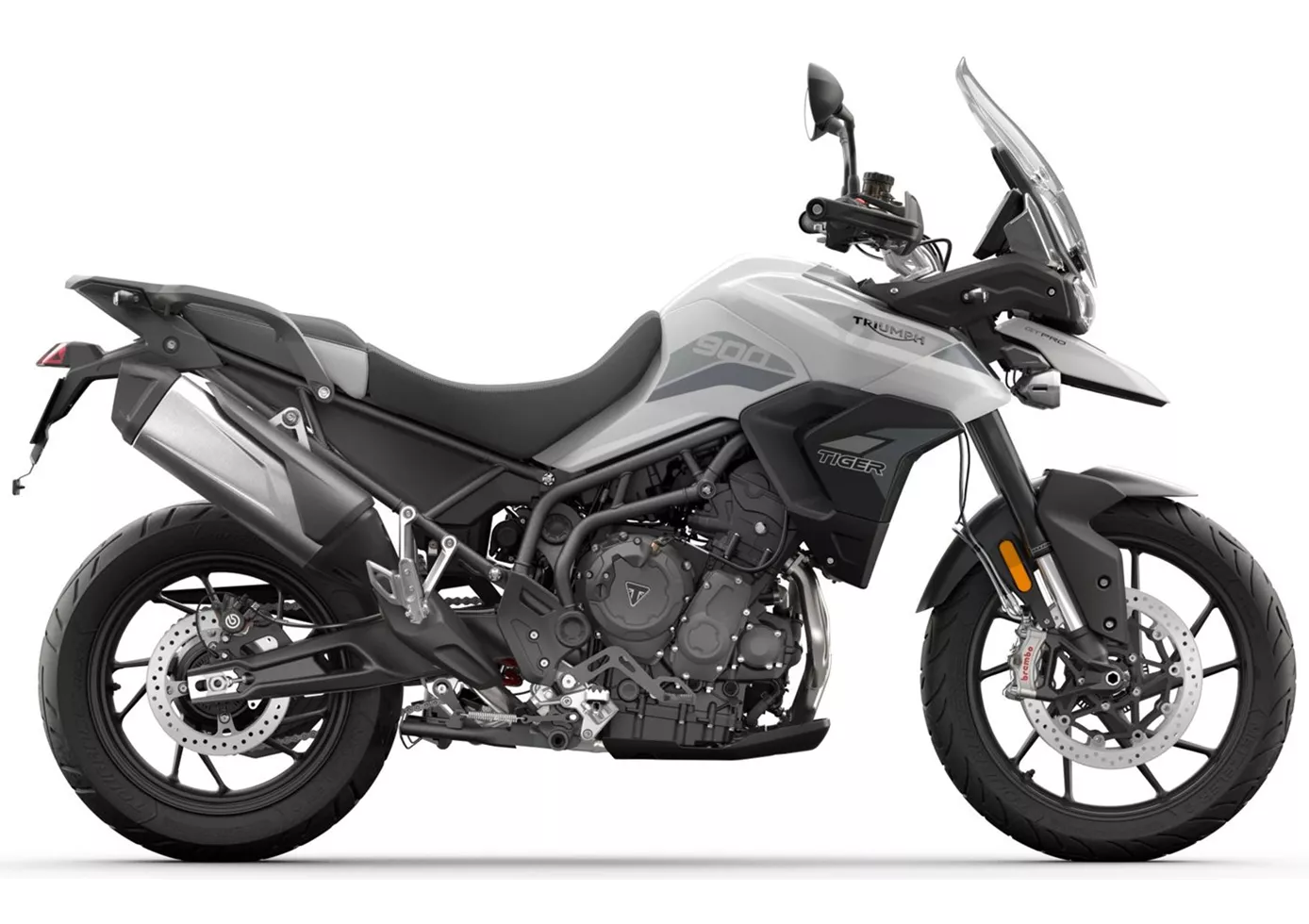
Good things take time, they say. Triumph has kept to this and with the Tiger 900 GT Pro has put a motorbike on the cast rims that continues the long, successful path of the 800 with many detail improvements and is just as much a practical everyday motorbike as it is for extended tours and trips. The Triple has become sharper and yet is still a harmonious unit with which even beginners can do no wrong without boring the experienced motorcyclist. And that's thanks to sufficient suspension travel on roads of the most varied qualities as well as quite moderate off-road passages. There was little to complain about in our first impression, but we will certainly take a closer look at the Tiger.
BMW R 1200 GS 2015

A GS is at home almost anywhere - but only to a limited extent on the racetrack. It's a pleasure to feel the power of the partially water-cooled boxer twin cylinder on the exit of the bend - 125 hp only seems much weaker on paper than 150 or even 160 hp on the competition. With 125 Newton metres of torque, the acceleration from the bottom is superb anyway and the GS, at 238 kilos ready to ride, does not carry too much flab despite its bulky appearance. In very tight corners, the low centre of gravity also has a positive effect - the BMW R 1200 GS is very hard to crack! Even the front telelever suspension, which suppresses the front wheel's tendency to sink in when braking, fits perfectly into the overall package on the GS and can only slightly detract from its sporty character.
Price Comparison Avarage Market Price Triumph Tiger 900 GT Pro vs BMW R 1200 GS
There are a few key differences between a Triumph Tiger 900 GT Pro 2020 and a BMW R 1200 GS 2015. In terms of price, the actual average price of a BMW R 1200 GS 2015 is about 4% higher. Compared to BMW R 1200 GS 2015 there are less Triumph Tiger 900 GT Pro 2020 bikes available on the 1000PS.de Marketplace, specifically 5 compared to 47. It takes less time to sell a BMW R 1200 GS with 66 days compared to 88 days for the Triumph Tiger 900 GT Pro. Since model year 2020 1000PS.de editors have written 10 reviews for the Triumph Tiger 900 GT Pro and 98 reviews for the BMW R 1200 GS since model year 2005. The first review for the Triumph Tiger 900 GT Pro was published on 03/12/2019 and now has more than 65,300 views. This compares to more than 19,100 views for the first review on BMW R 1200 GS published on 20/01/2004.







